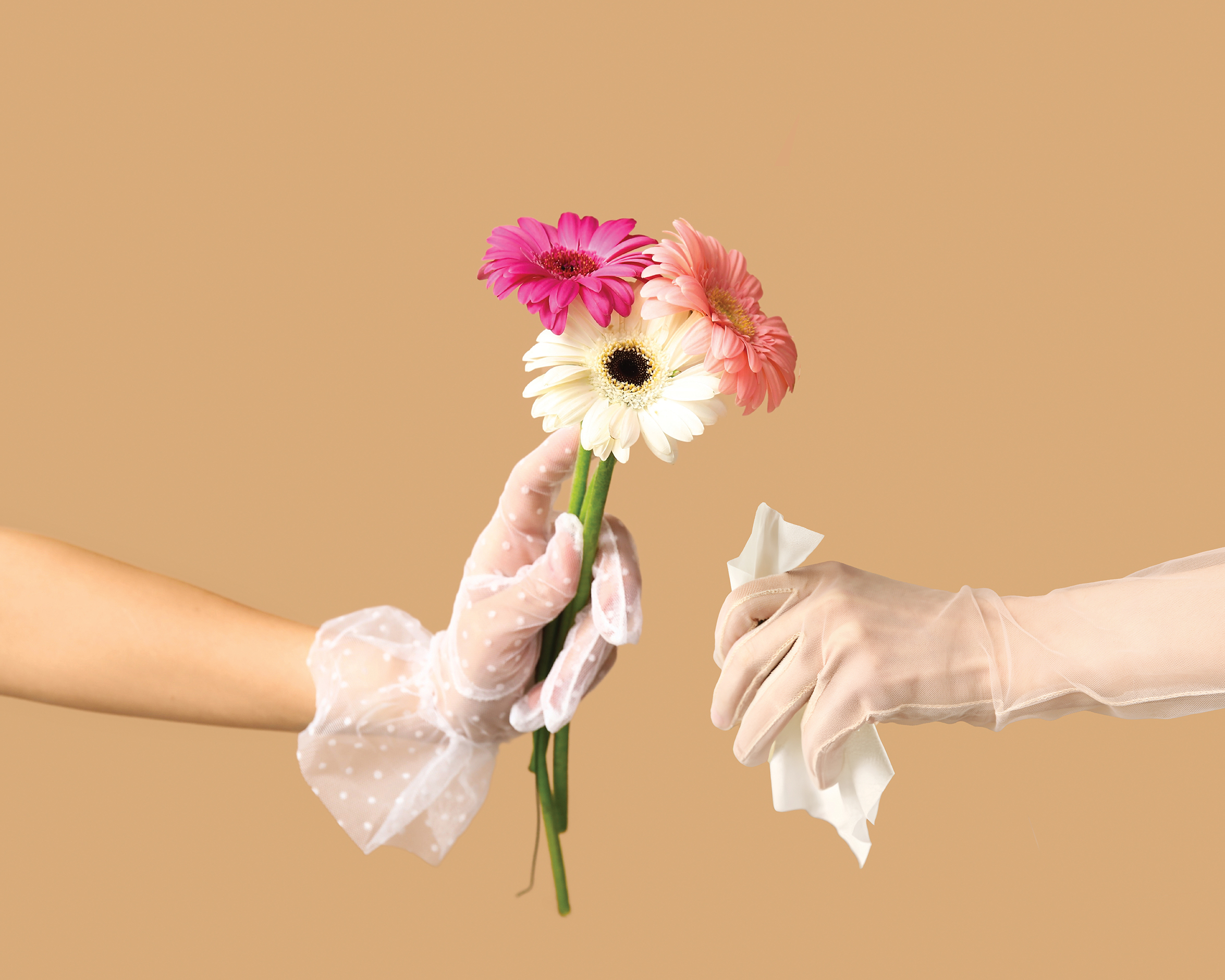Pollen, dust, grass… Spring may be in the air, but so are allergens! We chat to an allergy expert about how to hold off the seasonal allergies and treat them more holistically.
It seems as if the cold and flu season has just ended and our respiratory systems are already under attack again! For many people, spring brings with it the sniffling, sneezing and scratchy eyes, characteristics of hay fever (more correctly known as allergic rhinitis).
Hay fever is an allergic reaction in which our systems release antibodies. It works in a similar way to food allergies, but it is fortunately more likely to be annoying than seriously dangerous (unless you happen to have severe asthma or other respiratory ailments). It can be caused all year round by dust mites, pet dander and mould spores, but it’s particularly prevalent at this time of year, as plants go into overdrive releasing pollen.
Also read: How to manage your allergies
Stop sneezing
If you come in complaining of hay fever, the doctor or chemist will usually send you home with an antihistamine. Dr Corli Lodder of the Asthma and Allergy Clinic in George says that we shouldn’t fear antihistamines, as the second-generation options available on the market today won’t make you drowsy. However, they are only suitable for use for a very short duration. If you find you’re sneezing for weeks on end, she recommends an intranasal steroid spray. It’s safer than steroid injections as it isn’t absorbed by your whole system, just the area that it’s applied to.
But, what if you’d rather forego the medication? One simple and cheap treatment you can do right at home is nasal irrigation. “Every single patient with allergic rhinitis, hay fever or chronic rhinitis should use a salt water spray every single day, preferably twice a day,” says Dr Lodder.
“Spraying that in the nose will get rid of some of the irritants and also some of the allergens,” she says. You can make your own rinse by mixing water and non-iodised salt. You then use a large syringe or a special container called a neti pot to squirt it up your nose, washing away all those nasty allergens. Importantly, the water must be either distilled or boiled to ensure it is sterile and the solution must not be stored for more than 24 hours. If you would rather not take a chance, chemists sell nasal rinse kits.
View this post on Instagram
Prevention is better than cure
Dr Lodder says that there is no way to get rid of hay fever entirely, especially if you lead an active, outdoor lifestyle where “every breath we take, we will have pollen in that breath”.
However, if you know that you often have hay fever, there are some steps you can take to keep it under control. Stay inside on very dry, windy days when pollen will be blowing around; conversely, the air will be clearer after rain. If you can’t avoid going out (and most of us can’t hide out at home until autumn arrives), the Mayo Clinic recommends wearing a face mask. You can prevent bringing that pollen home with you by taking off your clothes indoors and showering. Avoid unnecessary exposure by drying laundry indoors. If you are sensitive to dust mites or mould, you can use a dehumidifier to clean the air indoors.
Dr Lodder recommends keeping an eye on the pollen count by using The Real Pollen Count website, which monitors conditions across nine different cities in South Africa. “Tree pollination actually starts before we start seeing spring changes in nature. It would also be different in various areas throughout our country,” she says. “Tree pollination in the Western Cape, which is winter rainfall, would start much earlier compared to the tree pollination in Gauteng.” This specific information can be really helpful.
The real pollen count:
The handy website pollencount.co.za is the result of a project led by the UCT Lung Institute Allergy and Immunology Clinic. You can check it to see what the overall pollen count is in your city. The count for each location is further broken down into tree pollen, grass pollen, weed pollen and mould spores, so you can keep an eye on the trigger that you are most sensitive to.
Alternative treatments
If prevention isn’t enough and you’re not keen to use antihistamines or nose spray, there are various herbs and supplements that you can try.
– Butterbur: More commonly used to treat headaches and migraines, it may also have an antihistamine effect. It should be used with caution as it can cause liver damage.
– Quercetin: This flavonoid is said to be an antihistamine. It’s naturally found in many foods, but a pill is better for getting the required dose.
– Vitamin C: Research shows that it may help with hay fever, due to its antioxidant and anti-inflammatory properties.
– Black pepper & barberry extracts: These may also assist with inflammation.
Unfortunately, there isn’t currently sufficient evidence to prove that any of these remedies work effectively in humans -then again, as with many natural remedies, they are backed by years of knowledge and usage.
By: Amy Lehner
Photography by: Shutterstock
Text courtesy of Balanced Life magazine
Also read: Skincare tips for seasonal allergy sufferers







